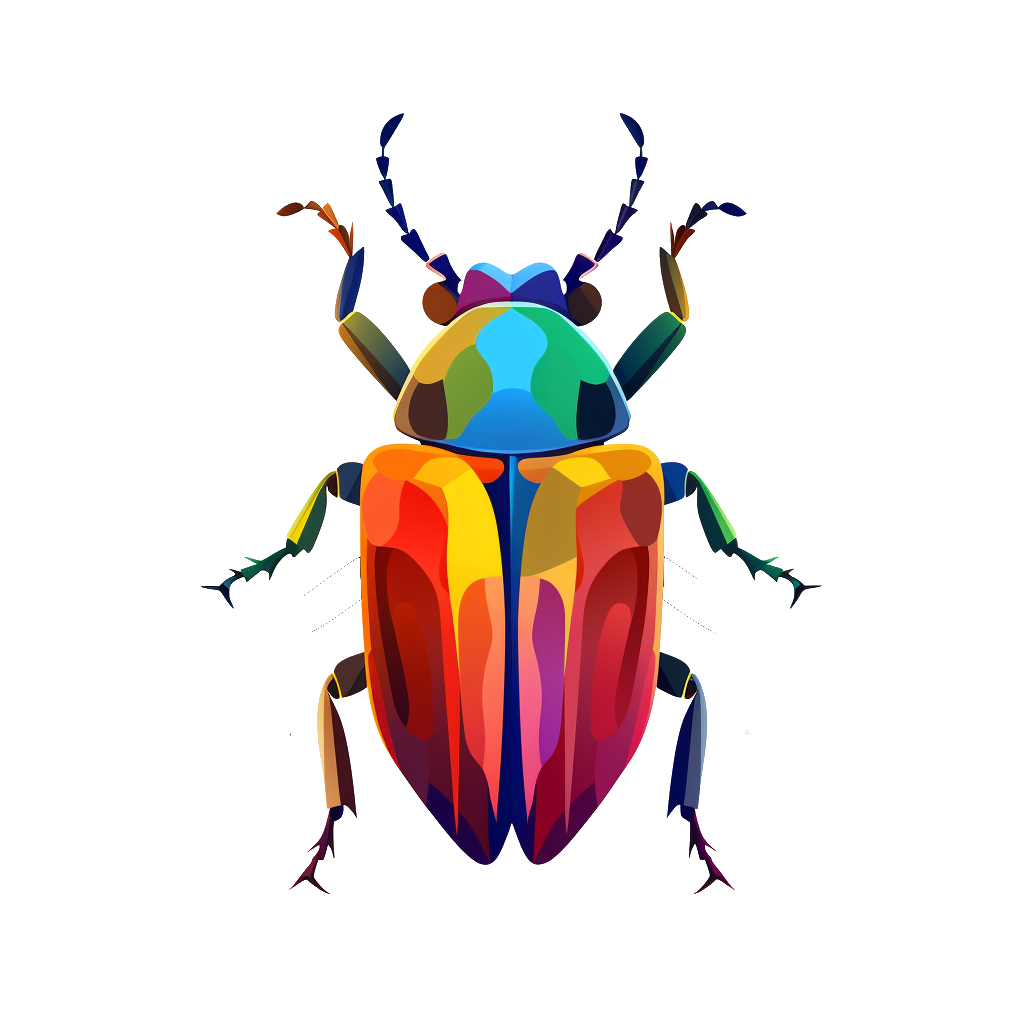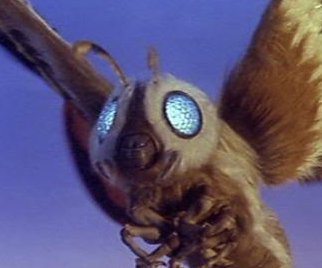- cross-posted to:
- [email protected]
- cross-posted to:
- [email protected]
Hi! Sorry, very new at the whole “bugs” thing, and I’m still learning. I spotted this the other day (not sure of the stink bug species, possibly Nezara viridula), promptly spent hours watching macro timelapses of stink bugs hatching, going from gooey babies to hard shelled nymphs…
Now to the question which has been bugging me: is there such a thing as “too late to hatch”? Can they “harden” inside the egg and just die there (maybe in the blackened eggs)?
Thanks!
Edit:
I found another nest of the same species and took it home. So: have a top view of the hatched eggs and some first instar nymphs while I’m at it!

When you see a few black stink bug eggs mixed in among the pale ones like this, it generally indicates a parasitoid wasp has laid an egg inside the bug egg, and the baby wasp has hatched and eaten the bug egg from the inside! So instead of a bug nymph emerging from the black eggs, you would get a wasp emerging. If you’re a bug or moth (or most any insect really), you are not safe from parasitoids at any life stage - some wasps attack you in the egg stage, some the nymph/larval stage, and some the pupal stage. Unlike parasites which wanna keep you alive forever to continue to host them, parasitoids just wanna mooch off you a little while and then wanna kill and eat you to finish the job. You probably would hardly notice it if you saw one of the parasitoid wasps, as they can be just a couple millimetres long! There are some nice pics in this blog: https://bugtracks.wordpress.com/2011/08/21/stink-bug-egg-parasitoids/
Stellar explanation, thank you! Those wasps are absurdly cute for creatures born of baby murder, by the way. The link you gave is fantastic, too.
As for “hardly noticing”: macro photography fixes that problem, for better or worse (nothing like noticing a parasitic worm coming out of a cricket’s butt while reviewing your pictures in full 4k :D ). I take photos of everything even mildly suspicious, just in case.
Ahaha a surprise high def butt worm, what a brilliant way to elevate a cricket portrait 😅
I’m no expert and I hope someone gives you a more satisfactory answer. All I can say is, yes, at any stage in development you can come across a problem that can kill a bug. Many times an egg won’t hatch for a variety of reasons, it can be as a consequence of its gestation or perhaps it fell to harsh environment conditions, a fungal infection, or prey to other bugs.
Whether or not the black ones have stillborn bugs I have no idea. If I were in your shoes I’d wait a day and take one to find out if possible.
Thanks! Your answer is already a big help, and pretty instructive!
Unfortunately, I have no boxes for collection ( yet ), or I’d have done a kidnapping. Hopefully I’ll find the plant again, or at least a similar bundle.
Ive done heaps of parasitoid wasp rearing and my container of choice is actually just a humble ziplock sandwich bag! Put in your leaf material with the critter you’d like to try to develop, add a paper towel (if you’ve collected quite dry plant material like eucalpytus leaves or similar, make the towel damp to add humidity, whereas if you’ve collected very ‘juicy’ plant material like very green weeds or grass, the towel should be dry to absorb humidity), blow into it to partially inflate, seal it up and keep it somewhere warm and dry and out of the sun and check it regularly until something hatches! For egg parasitoids, you are looking for something extremely tiny flitting around the top of the bag where there is the most light. You might see them emerging in just a few days after you take the sample, or it might take more than a month (and fear not if the plant material starts to look pretty moldy and sad, I’ve had parasitoid wasps emerge from leaf samples that had gone completely moldy and I had nearly written them off!). Charlie Eismanns blog is also great for tips on rearing out insects. He focuses on ones that live inside leaves (called leafminers), but the principles hold pretty true for other types of insects as well (i used the same techniques for aphids for ex).
Thank you so much! Those are fantastic tips, I’m saving them. Hopefully, I can find another bundle of eggs and try them out soon, although I haven’t seen too many stink bugs mating lately. The height of the season seemed to be early to mid-August (with Graphosoma lineatum orgies galore). The plants they favored have wilted or are starting to, however. I’ll have to look around :D
(Can I take a moment to consider how quickly I went from ‘taking macro pictures of bugs’ to ‘I’m gonna be raising them now’, because I only got back into photography like late July and now I think stink bugs eating caterpillars are worth sitting in the mud for half an hour for. I plan to make butterfly lures with rotten banana and cat poop. I find argiopes cute now.)
Thank you so much for the ziplock bag tip, finally one non-expensive piece of gear, BTW.
Since my endgame is to be able to get ‘clearish’ pictures, I had planned to get cheap glass jewelry boxes and make them into mini-terrariums, with whatever I collect around my bug-spotting area as ‘decor’. The idea was to only collect invasive species (like asian ladybugs or brown marmorated stink bugs). Apparently I’ll be doing stink bug eggs and their wasps, too!
Little question about disposal, while I have you: for invasive species, can I just freeze them to kill them, then drop them back outside? Thanks ♥
Oh yeah feel you with the slow creep from casual photography to full on ‘must collect and raise everybody i find!!!’ Next you will find yourself wasting hours each morning staring obsessively at your bug eggs to catch the exact moment the baby wasps start chewing their way out hahaha, and you will regret nothing :) I’ve been pretty into little plastic containers you get for glitter/makeup powder for on the go collections lately, as you can get a pretty good photo through the flat topped lids (my set up is a microscope with a mount on the eyepiece for my cell phone camera). But I love the idea of the larger glass box so you can create more of a backdrop and get shots with your macro camera! Definitely share some photos here of your set up as you work it out!
For the invasive ones, yeah best to put the whole bag in the freezer after you get your shots, but then id just toss the whole ziplock bag, leaving it sealed, into the bin rather than toss the contents back outside, just to be safe. That’s how I disposed of all my samples when I used to do big survey loops, rearing on the go, and didn’t want to spread things around.
Define “slow creep”, because my experience has been “Wednesday, get into photography again. Saturday, buy a Canon R7 and a macro lens.”. Which is roughly the spending timeline of that time I got into bird photography and splurged on telescopic lenses. Hyperfixations are fun! (And educational!)
The plastic containers are genius. I’ll bookmark that!
Ahaha…okay let’s call it “exponential escalation” instead 😅 have you played with iNaturalist at all? That was my next step in the bug collecting, photographing and identification obsession chain haha
Not iNaturalist, but observations.be, where I’ve been playing real life Pokemon for a month or so now. For the most part, I found myself a nice overgrown spot between a parking lot and train tracks, and I’m documenting everything I find there.
This is a little off-topic, but if you are okay with spiders, you might enjoy this video from Dave’s Little Beasties that shows the development of a tarantula (Theraphosa stirmi) from an egg. This is an very large species with very large eggs, so you can really get a good look. I believe Dave does touch on bad eggs briefly here as well.
This is AMAZING! Thank you! Gosh, those translucent jelly babies. Fascinating video (also TIL the “egg” becomes the abdomen, which is really cool).
As an aside, looking at the man’s setup, I’m starting to think that bug keeping might just compete with photography in the “bottomless money pit” category. Tell me it isn’t so.
I have (so far) been mercifully spared by the photography bug, so I’m not sure where it falls in terms of cost, but keeping inverts can actually be done really cheaply while still providing very good care. Now that I’ve said that…run for your life, lol.
I can’t really speak to insects, but I do keep tarantulas and have really had to set firm bounds on myself. Not just money-wise (because oh, the beautiful terrariums you can build), but also in terms of what I can reasonably care for, what I reasonably have space for, etc. That said, this is probably the most fun I’ve ever had with a hobby. I have two prepping to molt as I type this and I feel like it’s Christmas morning.
On the tarantulas: that’s fantastic. Will you be posting pics somewhere?
On photography:
So I started out with a an entry level canon camera (eos 4000D) which was only 280€.
I immediately discovered that wasn’t good enough for birds, so I ordered a 55-250mm telescopic lens two days later.
I then saw a heron on the other side of a river and I was salt incarnate because I couldn’t zoom enough, so I impulse bought a 1500€ 150-600mm lens (and a tripod because that stuff weights around 2.5kg).
The whole process took two weeks. Then, maybe a month later, covid hit and I remembered I really like being inside and the gear collected dust for three years.Cue this summer. “You should go outside and take pictures again,” I told myself. And so I started taking pictures of bugs. But I was not satisfied with the quality of the pictures: bugs need a really fast shutter speed and an aperture that will allow to get more than a 2mm slice of them sharp.
So I ordered a 1500€ semi-pro camera.
But that camera came with a different type of mount, so my existing lenses were not compatible! And the adapter ring was out of stock for the foreseeable future!
So I bought a 600€ macro lens.
And then a led light to use with it on cloudy days.
And a monopod.
I might need a polarizing filter, a sect of reflectors, and extension tubes to get higher magnification.
…
I hope that horror story helped keep you (and anyone who reads this) away from photography. ADHD people especially: NO. DO NOT. DON’T.
I think we might be kindred spirits. The stuff I own because suddenly Hobby X was the most critical thing in my life… There is a recorder (the instrument) sitting on my desk right now because I decided a couple of months ago at 2AM that it was high-time I learned to read music. Thank goodness I didn’t buy a violin.
I took a couple photos mid-molt today, but they are so stinking blurry. It’s a mix of low-skill, low-light, a phone camera, and trying to photograph through reflective enclosures, I think. I have thought about looking into better equipment before, but having read your story I don’t think that’s a good idea!
*Looks guiltily at the kalimba sitting on her bookshelf.* I absolutely do not see what you mean. At all.
Reflective surfaces are horrible to photograph through and I have no tips. For the low light, is it because brightness might disturb the tarantulas? Otherwise, DIY photo light boxes might be of help and they are cheap-ish to make. Maybe try to put your phone on a stand/bean bag, adjust the focus (if your phone lets you), and set a timer, so the phone will not move while it takes the picture (if the spiders are very mobile, you might be out of luck).




